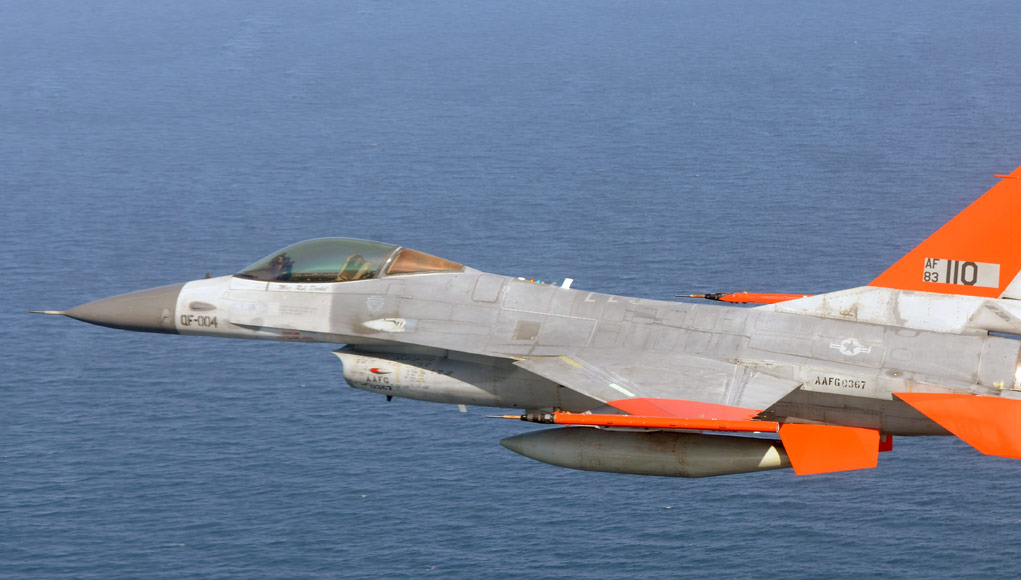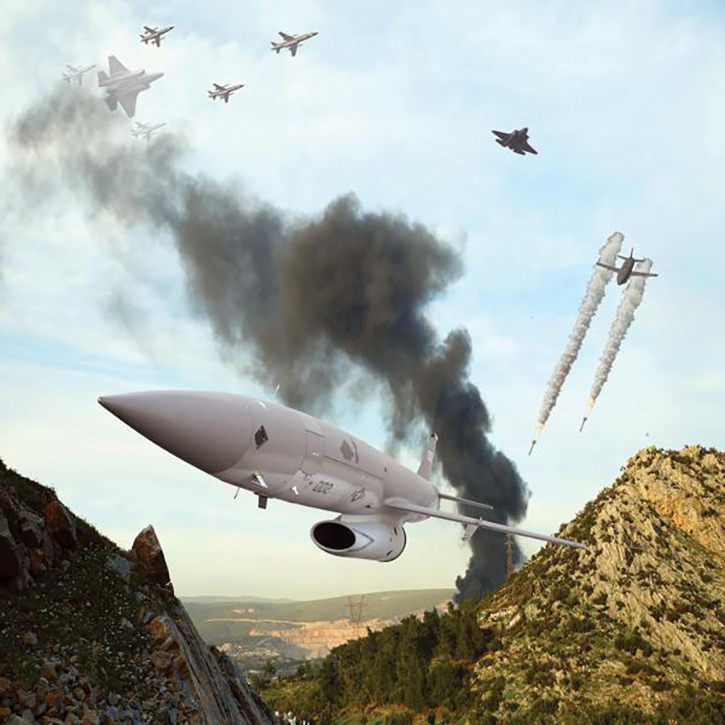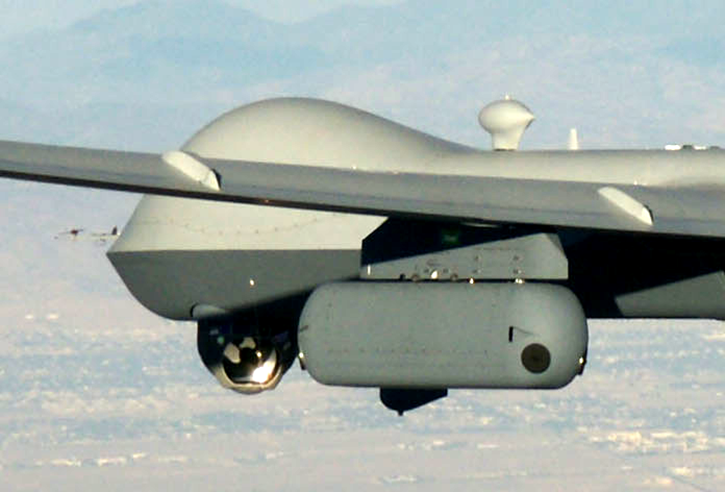Army speeds up future Modular Active Protection System for combat vehicles
By:
April 6, 2017
Detroit Arsenal, Mich. -- The Army is speeding up development work on its future Modular Active Protection System for combat vehicles.
As the service works on expediting interim solutions for combat vehicle Active Protection Systems, officials are simultaneously ramping up some of the first MAPS tests using soft-kill countermeasures. There is also a plan to begin using the first prototypes of a common controller toward the end of the year. Once the common controller is available, the Army will begin “layered testing,” mixing both soft-kill and hard-kill countermeasures, Col. Glenn Dean told Defense News in a March 27 interview at the Detroit Arsenal in Michigan.
Dean, who is the project manager for the Army’s Stryker Brigade Combat Team, has also been tasked with helping to execute force protection efforts.
The first phase of MAPS development will be completed in 2019, Erik Kallio, assistant associate director for Ground Systems Survivability, said in the same interview.
The Army is in the process of bridging near-term, off-the-shelf APS characterization work into the MAPS effort and then into a long-term program of record -- the Vehicle Protection System (VPS) -- in 2018. A future product manager has already been identified, Dean said.
A year and a half ago, Lt. Gen. Michael Williamson, the Army’s military deputy to the acquisition chief at the time, challenged the Army Tank Automotive Research, Development and Engineering Center (TARDEC) in Detroit, to move faster on the MAPS program.
Originally MAPS would be developed over an eight-year period before any capability would be fielded, Dean said.
The Army had previously looked at a number of off-the-shelf systems, but each time the service examined a possible capability, it was determined the system was not ready for combat, and “we kind of defaulted back to the technology development path that we were on,” Dean said.
But to meet Williamson’s challenge, TARDEC decided to do more work on MAPS in parallel with the interim APS solution efforts.
The idea is not to scrap the interim solutions when MAPS comes online. Since MAPS is being developed as an open architecture system with a common controller, the best technology from off-the-shelf APS systems the Army is examining now could feed directly into its own program, according to Dean.
“We said if the off-the-shelf systems perform adequately and the impacts to the platform are acceptable, you potentially have a path to field something very, very soon and eventually you can fold in the technology that you are developing, so it gives us a path,” Dean said. “And if you are not happy with the off-the-shelf performance, you haven’t lost anything and the MAPS program and VPS have gained a tremendous amount of insight into what are the challenges going to be ahead applying that technology.”
The bulk of the expedited APS activity takes place this year with decisions on the way forward expected in the first quarter of fiscal year 2018.
The Army is currently characterizing three APS systems on Abrams tanks, Strykers and Bradley Infantry Fighting Vehicles. The three systems are Israel-based Rafael Advanced Defense Systems’ Trophy, Israeli Military Industry’s Iron Fist and U.S.-based Artis Corporation’s Iron Curtain.
The service would like to look at other APS systems such as Rheinmetall’s Active Defense System should funding become available, Dean said.
In order to move quickly the Army isn’t integrating the APS systems onto the vehicles, which would include software integration work that is too complex and time-consuming, treating the technology more as an applique, which still provides effective capability, Dean said.
Characterization on the vehicles is just as important as learning APS capabilities because it informs what impacts to the platform’s performance might exist, he added.
For instance, Bradley is “the most challenged vehicle in our combat fleet in terms of size, weight and power; it’s a small platform, has a lot of payload and is very tightly packed,” Dean said.
In its current configuration, the Bradley could not host an off-the-shelf APS capability, so the Army is working with what it’s calling a “Franken-Bradley,” with improved power generation in order for it to handle the APS, according to Dean. The improved power comes in the next engineering change proposal -- the A4 program.
Because of the Bradley’s current configuration, Dean noted, an APS system for that vehicle might not be able to be fielded until it can be worked into Bradley A4s.
“Understanding what your margins are in terms of power, in terms of weight, what is the system going to do to your ability to engage and track targets,” whether the APS radar interferes with jammers or radio systems -- those are all factors for consideration in the decision process later this year, Dean said.
“When we reach that decision point,” he said, “a decision could be, ‘Hey, this system doesn’t work on this vehicle, but system B, maybe we want to move it over and evaluate that or bring on system D or E that we haven’t started work on yet.”
Even if the Army decides to buy an APS system now, he added, “the core of what we are doing in MAPS is really to give the Army flexibility in how it procures APS in the future.”









